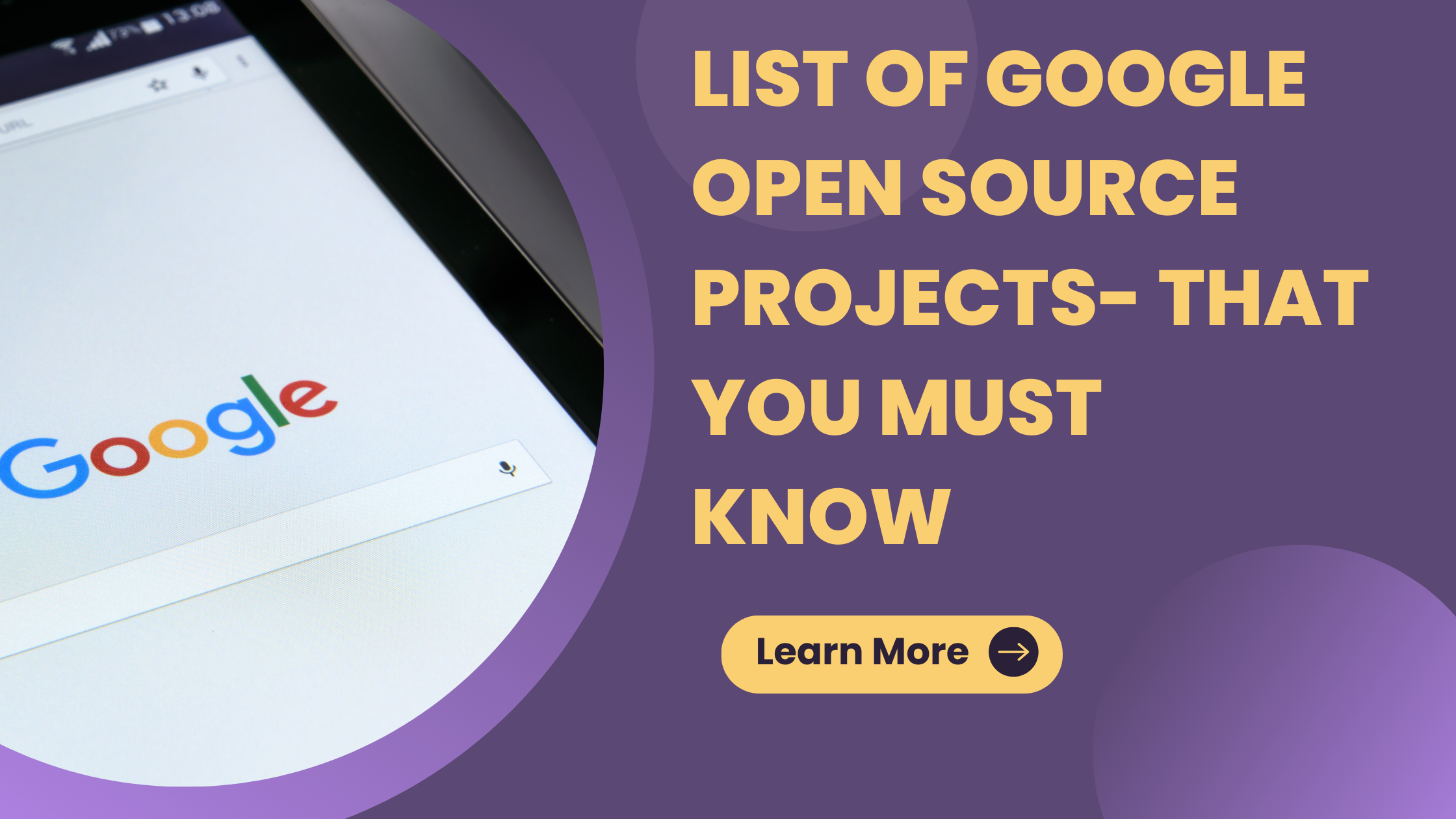It is pretty clear that Google also very much loves the open-source community judging by all the different Google projects that are based on being “open source”. I believe that most of the tools we have today are built with one or more greatest open-source Google projects — such as Chromium has been used in Google Chrome and many other browsers — now even Microsoft Edge browser. Google is a giant in the technology industry. It has contributed to virtually every aspect of technology.
Since the invention of the internet, Google has become one of top most valuable companies in the world. When we talk about open-source, Google contributed many different projects that you even imagine. If you want to see all the Google open source projects then check out this website dedicated by that company. In this article, we will feature a few of the best and most advanced Google open-source projects.
Top 15 Google Open Source Projects
Chromium
-92165b60304d6783.png)
Chromium is a free and open-source project developed by Google. Chromium is not only a web browser but it’s also an open source project generating Source code utilized by Chrome i.e., This basically means that Chromium creates freely available source codes that are used to build Google Chrome.
There are a number of other Chromium-based browsers, such as Microsoft Edge and Opera. Chromium is designed to feel lightweight because of its minimalist user interface, and it must be fast and efficient. Chromium is used by most Googlers in their everyday work, and its Developer Tools form an essential part of web development on products all across the company.
Android
-72665b60304d93de.png)
Android is an open-source operating system based on a modified version of Bill Gates’s Linux kernel and other free software, specifically tailored to accommodate various forms such as phones, tablets, wearables, TVs motor vehicles, and connected devices. The goal of the Android project is the development of a real-world product that should provide users with a successful mobile experience.
It also establishes an open platform available for carriers OEMs, and developers to bring their ideas to life. The source code for Android use is open under free and open-source software licenses, thus anyone interested can have access to those codes and try developing a new thing by maneuvering the codes.
Go
-29065b60304d94cd.png)
Go (or Golang) is an open source programming language created at Google by Robert Griesemer, Rob Pike, and Ken Thompson. Go is succinct, sleek, tidy, and elegant. It is a compiled, statically typed language. It is a strong language at the system level that programmers use within network servers and large distributed systems.
Syntactically, Go–C is similar but with memory safety, garbage collection, structure type, and the power of concurrency. Go supports concurrency programming; that is, it allows running several processes at the same time. Its concurrent programming facilities make it very easy to write a program that fully utilizes multicore and networked machines.
Angular
-92165b60304ec021.png)
Google’s Angular Team leads the way for an open-source web application framework called Angular, which is typed in TypeScript. It is a development platform that intends to make web development seem like second nature, concentrating its efforts on developer productivity and speed as well as testing.
Angular-built applications may be released on mobile and desktop platforms as websites or native applications. With Angular, you can enhance HTML’s syntax to display your apps’ components properly and clearly. Angular’s binding and dependency injection significantly reduces the amount of code you would normally have to type, thus saving much time for mobile Chrome users.
TensorFlow
-31865b60304ed156.png)
TensorFlow is a free, Google open source software library for data flow and differentiable programming across multiple tasks; furthermore, it’s an integrated end-to-end Open Source platform for machine intelligence.
It was developed initially by the Google Brain Team within the Machine Intelligence research department of Google for machine learning and deep neural network research. Nevertheless, the system can be used in a lot of other fields as well.
Flutter
-95165b60304ecb7d.png)
Flutter is a free and open-source framework for mobile UIs created by Google. It is used to develop Android, iOS, Linux, Mac, and Windows applications from the same codebase.
So, it is possible to run one programming language and one codebase to develop two distinct phone apps for Android and Pods.
Firebase
-9665b60305238f2.png)
Firebase is an app development platform. 2011 Firebase application was developed by Firebase Inc., and later Google purchased it in the year 2014. 4 It gives developers different tools and services to make them develop quality apps, increase their user base, and get a profit.
Firebase leverages Google’s infrastructure. Many parts of Firebase are open-source to provide a high level of transparency and support adding community development on Github. Firebase is considered a NoSQL database program type that stores data into JSON-like documents.
Ion
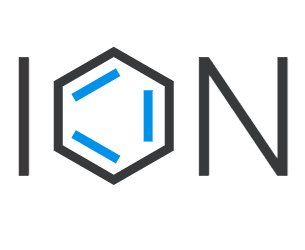
Ion is a portable suite of libraries and tools to develop client applications, especially graphical ones. it is small in size, which makes it very fast and also cross-platform on many platforms … as other embedded devices such as desktops, mobile phones, browsers, etc.
When developing applications, Ion offers several powerful tools for increased speed of productivity. It provides some of neat features such as memory allocation, managing object lifetime, threading capabilities etc., runtime setting editing, and automatic performance instrumentation too.
Copybara
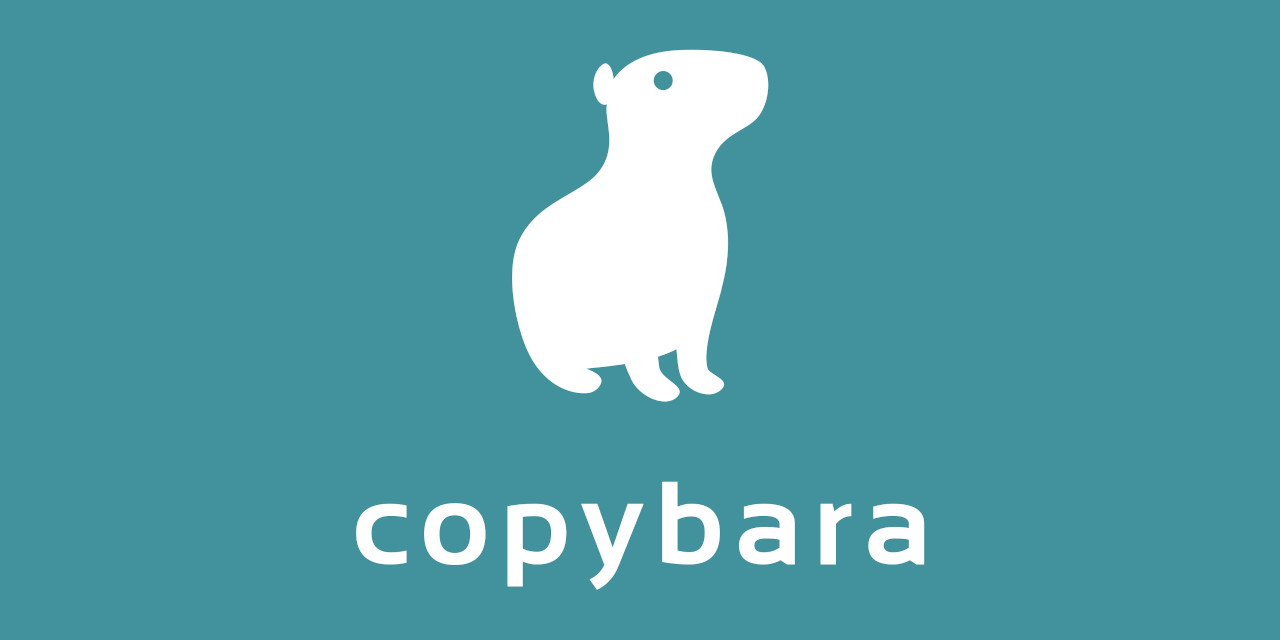
Copybara is a code transformation and transfer tool for repositories. Source code is usually required to be available in several repositories and Copybara allows it to be transformed and moved somewhere. For instance, a project requires keeping a private repository as well public repository synchronized.
Copybara can assist in moving code to a new repository once. The most frequent use case is the code movement from one repository to another. Copybara gives you a choice to select one of the repositories as an authoritative repository so that there is always some single truth.
Magenta
-84865b6030535c36.png)
Magenta Studio is a project by Google Brain aiming to study the impact of machine learning in producing art and music. It was developed by the Google Brain team utilizing machine learning models. Magenta consists of creating new deep learning and reinforcement learning algorithms for generating fresh songs, pictures, drawings, etc.
Magenta can also be used for purposes of exploration as smart tools and interfaces that enable artists and musicians to extend their processes with these models. Magenta includes four tools: Continue, Generate, Interpolate, and GrooVAE. Musicians can apply it to their MIDI (Musical Instrument Digital Interface) clips.
Draco
-22165b603053654d.png)
3D mesh compression extension for glTFis Draco is an open source library created by Google to compress and decompress 3D meshes so that the size of 3d content can be considerably reduced. Draco is designed and developed with a focus on compression efficiency and speed as well as improving storage of 3D graphics.
It can also be used to compress connectivity information, texture coordinates, color information, normals, and any other generic attributes associated with geometry. 3D graphics for applications with Draco can be much smaller and aesthetically pleasing
AdaNet
-23465b603053b9bd.png)
AdaNet is a lightweight framework built on TensorFlow that allows one to automatically learn high-quality models with minimal expert involvement. AdaNet relies on Google’s new reinforcement learning and evolutionary-based AutoML efforts hence it is fast and flexible. It learns the neural network structure using an algorithm for AdaNet by Cortes et al. 2017.
Importantly, AdaNet is not only a general mechanism for learning the architecture of neural networks but also for learning to obtain even better models. AdaNet is user-friendly, and delivers good models saving the time spent by Machine learning practitioners in identifying the best neural network architecture; and implementing an adaptive algorithm for training a set of subnetworks that will form part of estimated neural networks.
DeepMind Lab

DeepMind Lab is a 3D, customizable first-person game-like environment developed specifically for agent based AI research and machine learning. It is referred to as a variant of first-person game like platform due to the fact that an interface is viewed from inside perspective on simulated agent views
It offers many tough navigation and puzzle-solving jobs that are primarily appropriate for deep reinforcement learning. DeepMind Lab can investigate how automatic artificial agents could learn to perform those complex tasks in large numbers of partially observed and visually diverse worlds.
Intra
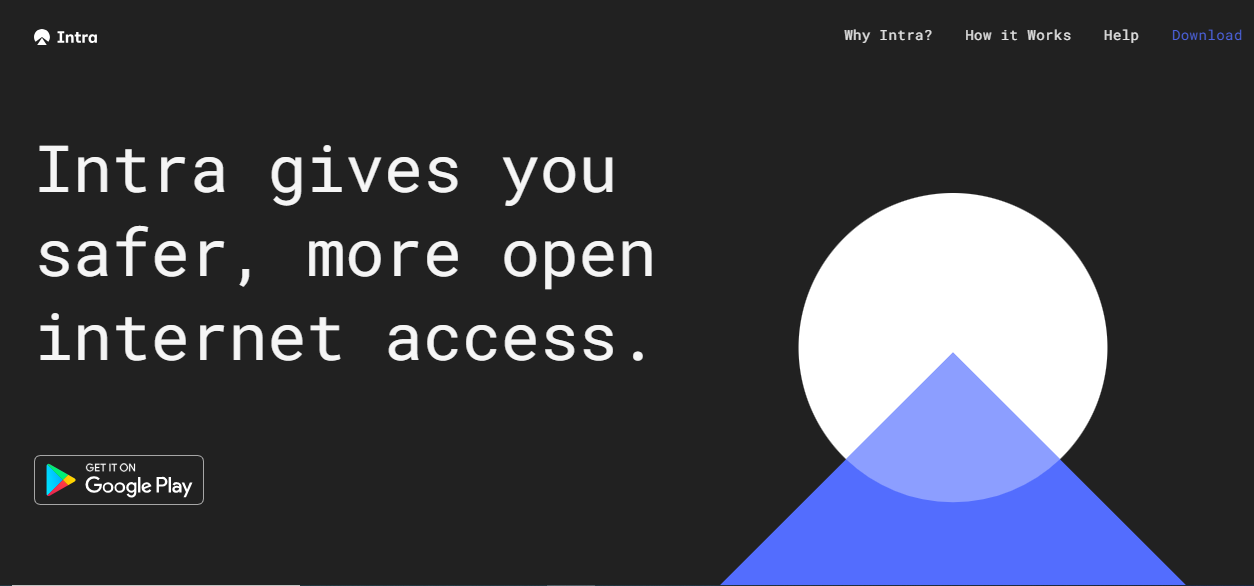
Intra is an open source Android application by Google that provides safer and more secure Internet access. Intra inserts encryption into the internet connection to a public Domain Name SystemDNS server.
When you surf the internet, your DNS server gives the exact address necessary to visit a website. However, DNS servers can be altered to block your access or redirect you to fraudulent sites. So, Intra guards you against DNS manipulation where sites are blocked access to social network sites and messaging apps.
Cloud Datalab
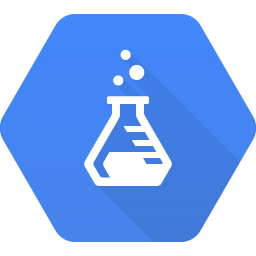
Lastly, Cloud Datalab is a very effective interactive tool designed to allow users to explore data analyze it transform the same besides creating machine learning models based on Google’s cloud platforms with minimal clicks.
FAQs
There are now about 2,600 active open source projects that Google has released overall, many of which are spread across multiple repositories. As of right now, Google has more than 8,000 public repositories on GitHub and more than 1,000 on git-on-borg.
The Linux Kernel, Apache HTTP Server, Mozilla Firefox, Python, TensorFlow, Docker, WordPress, LibreOffice, Git, and OpenCV are a few instances of open source projects. These are only a handful of the thousands of open source projects that exist worldwide. Numerous groups and individuals frequently support these initiatives, working together to promote an international innovation development community.
Check out Google's official GitHub repositories or websites that feature global open-source contributions to remain up to date on all of their open-source initiatives. You can view other websites run by the corporation by using Google's open source contribution.
Google is a key actor in the open source software market, both as a provider and a user. Google employs a lot of open-source frameworks, libraries, and tools to build its infrastructure and develop its software. In addition, as part of its support for open-source projects, Google makes its own projects publicly available.
